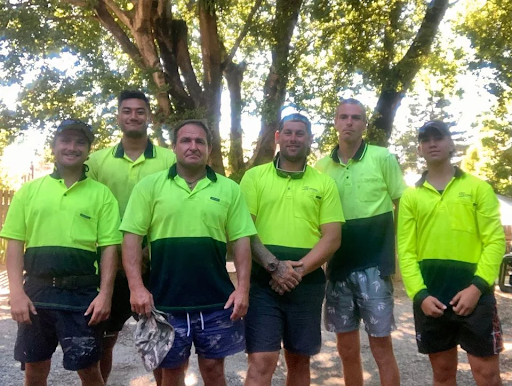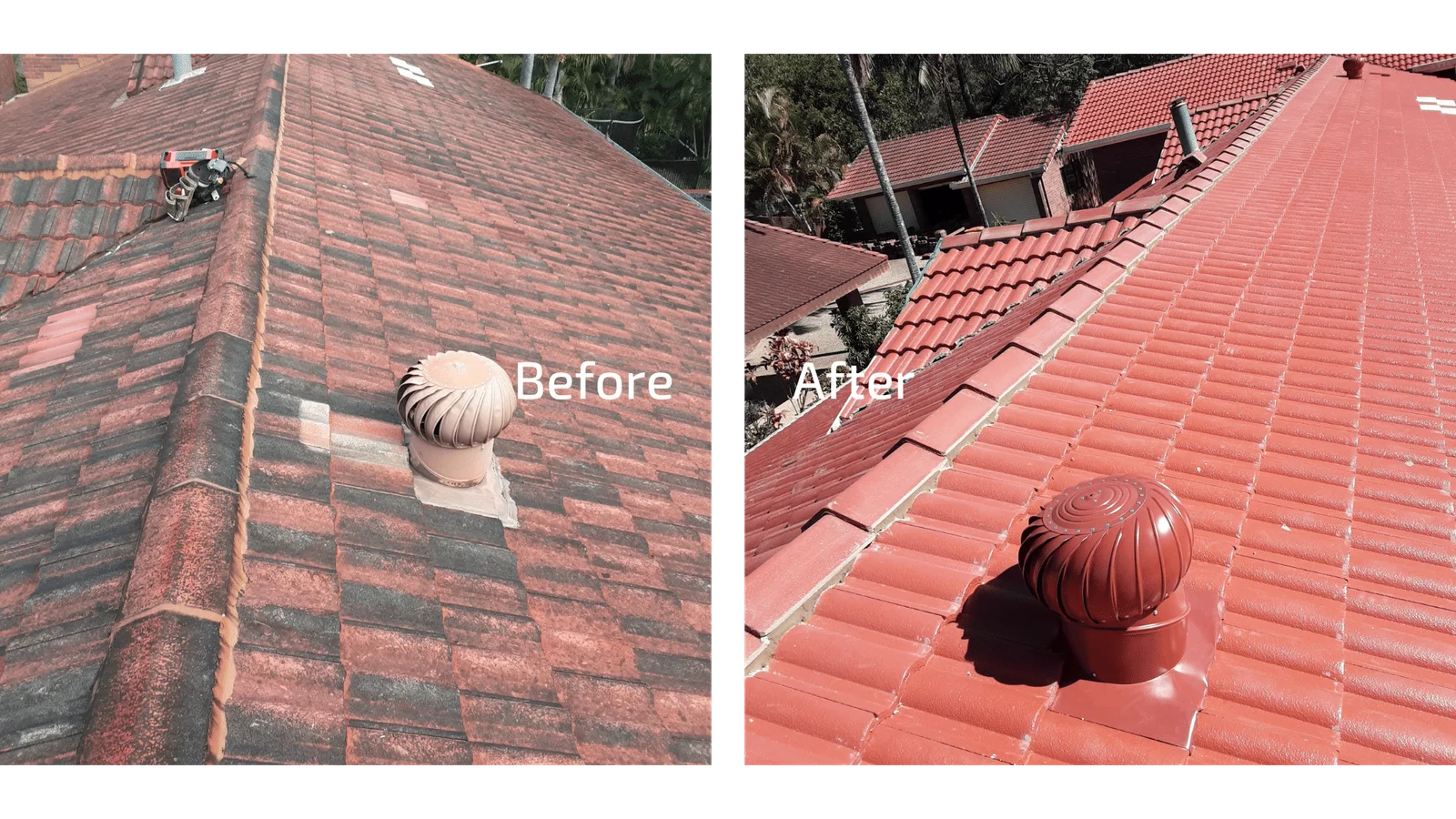You’ve just had a big storm rip through Brisbane, and now your beautiful terracotta roof tiles look like they’ve been through the wars. It’s heartbreaking to see chunks of tiles missing or cracked and slipped out of place. But don’t panic! Repairing storm damage to a tiled roof isn’t as daunting as it seems. In this article, we’ll walk through step-by-step how to assess the damage, what tools and materials you’ll need, safety precautions to take when working at heights, and tips for finding and matching replacement tiles. We’ve got your back, Brisbane! With some perseverance and these tile roof repair tips, you’ll have your roof looking good as new in no time. Queenslanders are resilient, and together we can bounce back from anything, even tempestuous spring storms. So brew a cuppa, grab your toolbox, and let’s get that roof fixed!
Assessing Tile Roof Damage After a Natural Disaster in Queensland
After a massive storm hits Queensland, inspecting your tile roof should be a top priority. Loose or damaged tiles can lead to leaks and further destruction if left unrepaired. Carefully examine your roof for any tiles that have come loose or been displaced. If you spot cracked, broken or missing tiles, it’s best to contact a professional roofer to assess and repair the damage.
Replacing Damaged Tiles
Storm Call Roofing Projects Pty Ltd can source matching tiles to replace any that were damaged during the disaster. Our experienced roofers know how important it is to properly match new tiles to your existing roof. We take extra care to ensure new tiles match perfectly in colour, size, shape and texture before removing the damaged tiles and installing replacements.
Securing Loose Tiles
If you notice loose but still intact tiles on your roof, call us right away. We can re-secure the tiles to prevent leaks and avoid the tiles becoming dislodged in future weather events. Our roofers will carefully lift and re-mortar any loose tiles to securely re-fasten them to your roof.
Additional Roof Damage
In some cases, severe storms can cause damage beyond a few loose or broken tiles. We thoroughly check roofs after disasters and can spot issues like water damage, leaks, broken gutters or protruding nails. If we find any major damage during our initial assessment, we provide a detailed report of necessary repairs to restore your roof to full function and ensure it can withstand future storms. Our goal is to get Queensland homes back to normal as quickly as possible after destructive events.
Safety Considerations When Repairing a Tile Roof in Brisbane
Wear Proper Protective Equipment
When working on any roof repair, safety should always come first. Make sure to wear sturdy work gloves to protect your hands, steel-toed boots with slip-resistant soles, protective eyewear, and a hard hat. Tiles can be sharp, and you’ll be walking on an angled surface, so take precautions.
Use Caution Around Openings
Exercise caution when working around skylights, vents or any other openings in the roof. Secure tools and materials so nothing falls through, and consider using safety railings. Take your time and watch your step.
Secure Repairs Properly
Once repairs are made, secure any loose or replaced tiles properly to prevent them from coming loose again in future storms or weather events. Use roofing nails to securely fasten tiles, applying roof cement or roof sealant for extra protection. Check that all tiles are securely in place before leaving the job site.
Never Work Alone
Roof work can be dangerous, especially after a natural disaster. Never work alone. Have a colleague with you at all times in case of injury or accident. Work slowly and methodically, taking breaks when needed to avoid fatigue. Your safety is the top priority.
Use Proper Equipment
Use proper roofing equipment like tile cutters, hammers, tile nippers, and more. Ensure any power tools are rated and approved for roof work. Set up work zones to avoid slips and falls, and never overload the roof with too many heavy materials at once. Take your time and do quality work.
Inspect the Roof Framing and Substrate
While repairing tile damage, take the opportunity to inspect the roof framing, substrate, and underlayment for any signs of water damage or structural weakening. Address any issues to ensure the integrity and longevity of the repaired roof. Prevention is the best solution.
Step-by-Step Guide to Repairing a Tile Roof Yourself
After a severe storm has damaged your tile roof, you’ll want to get it fixed as soon as possible to avoid leaks or further damage. If you’re handy and want to save money, repairing tile roof damage yourself is definitely doable. Here are the basic steps:
Inspect the Damage and Purchase Supplies
Use a ladder to get up on the roof and see how bad the damage is. You’ll need a flat pry bar, roofing cement or tile adhesive, matching or similar replacement tiles, and safety gear like work gloves, sturdy shoes, and eye protection. For larger repairs, you may also need tile cutters, extra tools, and sealant.
Remove Loose or Broken Tiles
Use the pry bar to lift up tiles around the broken ones so you can remove them without damaging the surrounding tiles. Clean the area thoroughly by scrubbing off dirt or debris before making repairs.
Apply Roofing Cement or Tile Adhesive
Apply roofing cement or tile adhesive to the area under and around where the replacement tiles will go. Press the new tiles firmly into the cement. Wipe away any excess that squeezes out from under the tiles.
Seal and Protect Replacement Tiles
Once the cement is dry, apply roof sealant or waterproofing product over the replacement tiles to protect them. Re-treat the entire roof for the best protection.
Consider Professional Help for Larger Damage
If you have extensive damage or leaks, it’s best to call a professional. Roofers have the proper training, tools, and safety equipment to repair or replace tile roofs without risking injury or further damage to the roof. For smaller repairs, take your time and be very careful when working on a sloped, elevated surface. With some patience, you can fix minor tile roof damage yourself and save the cost of a professional roofer.
Why We Recommend Hiring a Roofer For The Repair
Safety First
Repairing a tile roof after a natural disaster is dangerous work and not for the inexperienced. Professional roofers have extensive training and knowledge of safety practices to ensure the job is done properly without injury. They also have the necessary safety equipment, like harnesses and scaffolding, to work at heights and on uneven, damaged surfaces. For the homeowner, attempting difficult repairs could easily result in slips, falls or electrocution from exposed wires. It’s simply not worth the risk when professionals are available.
Experience and Expertise
Roofing companies have years of experience repairing roofs of all types, including tile. They understand how to assess damage, source matching materials, and implement both temporary and permanent fixes to get homeowners back to normal as quickly as possible. Their expertise also allows them to spot secondary damage that may have gone unnoticed, and make recommendations for preventative upgrades to improve resilience for future events. With the variety of roof types and installation methods used in Australia, experience is key.
Peace of Mind
Reputable roofing companies offer guarantees and insurance on their work, as well as safety certifications for their staff. This provides financial protection and reassurance that the job will be done properly the first time. They also have a vested interest in client satisfaction and building long-term relationships. Homeowners can rest easy knowing their repair is in good hands, and focus on recovering from what is often already a stressful situation.
Hiring a professional to repair your tile roof simply makes sense. Their expertise, experience and guarantees provide safety, quality, and peace of mind so you can get your life back to normal. For homeowners in Queensland, companies like Storm Call Roofing Projects Pty Ltd are available to efficiently handle all aspects of the repair or replacement and help put your home back together.
FAQs About Repairing a Tile Roof in Queensland
When disaster strikes in Queensland and your tile roof sustains damage, you likely have many questions about the repair process. Here are some of the most frequently asked questions about repairing tile roofs.
How much will repairs cost?
The cost to repair a tile roof depends on the extent of the damage. Minor issues like replacing a few cracked or broken tiles and sealing any leaks may only be a few hundred dollars. However, more significant damage from events like cyclones may require replacing multiple tiles and repairing or replacing the underlayment and battens, costing more for a typical home. Your insurance should cover most of the cost of repairs due to severe weather events or natural disasters.
How long do repairs take?
Again, the time frame depends on the level of damage. Replacing a few tiles can often be done in a day. Extensive repairs that require work on multiple areas of the roof, replacing battens and underlayment, and ensuring structural integrity can take 1-2 weeks or longer for a typical home. The timeframe will also depend on the availability of your roofing contractor and any custom or imported tiles that need to be sourced.
Do I need council approval for repairs?
In many cases, minor roof repairs will not require council approval or permits in Queensland. However, if you need to replace a major portion of your roof (typically more than 25%), strengthen or alter the roof structure, or change the roofline or shape, council approval and proper permits will likely be needed before starting work. It is best to check with your local council to determine if your specific roof repairs require any permits.
Who should I hire to repair my tile roof?
For tile roof repairs, it is best to hire a licensed and experienced roofing contractor who specialises in tile roofs. They will have the proper knowledge, tools, and equipment to repair or replace your tile roof without causing further damage. Look for a contractor with certifications from reputable organisations like Storm Call Roofing Projects Pty Ltd and check reviews from their previous clients. Get multiple bids for the work and make sure any guarantees on labour or materials are clearly stated in the contract.
Conclusion
So there you have it. Repairing your roof after a big storm or earthquake can seem like an intimidating task, but with a bit of planning and the right tools, you can get it sorted without too much fuss. Be sure to put safety first by inspecting for structural damage before climbing up top. If it’s beyond a quick patch-up job, don’t hesitate to call in a professional roofer to assess. They’ll be able to spot any underlying issues and make repairs to get your roof back to its original strength. With some care and patience, you’ll have those terracotta tiles looking as good as new in no time. Just take it slow and steady as there’s no use rushing a botched job you’ll have to redo. Approach it methodically, work carefully, and your roof will be returned to its former glory before you know it.





